Building the Right Team: From Selection to Leadership Alignment
Vision without execution is merely a hallucination. As the leader steering the ship, execution is your primary responsibility.
While I've been engaged by numerous companies to 'turn things around,' it's clear that these transitions often involve critical assessments. This includes evaluating what is or isn't working and making tough decisions on priorities, investments, and resources.
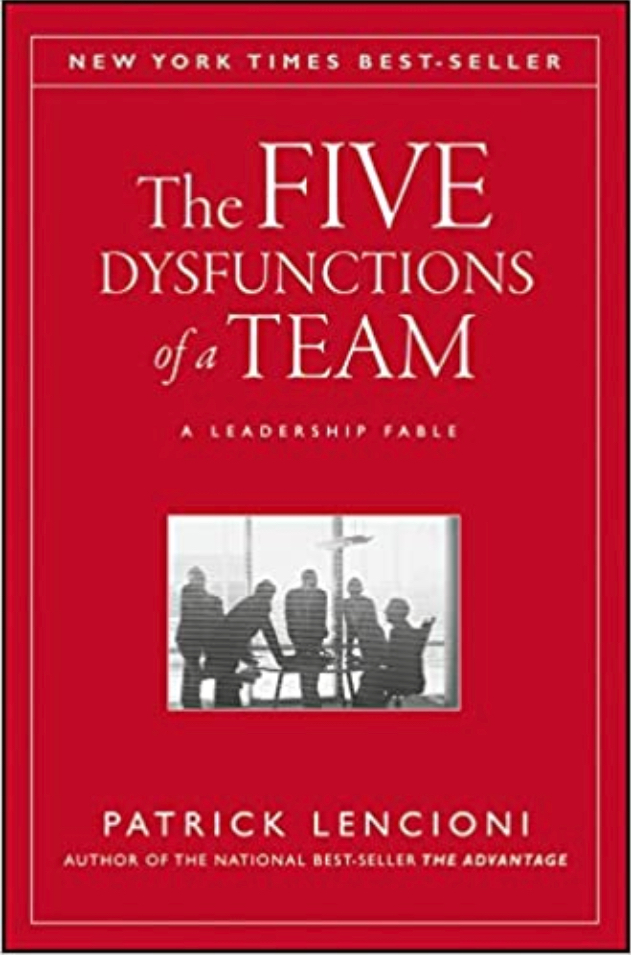
While I've delved into numerous management books offering a plethora of advice, it struck me that many don't always spotlight the obvious. For example, in “5 Traits of Dysfunctional Teams,” Patrick Lencioni presents the five characteristics as being:
- An absence of trust
- A fear of conflict
- A lack of commitment
- Avoidance of accountability
- Inattention to results
These are structured in a pyramid of cause and effect, with a foundation of distrust eventually hurting business results.
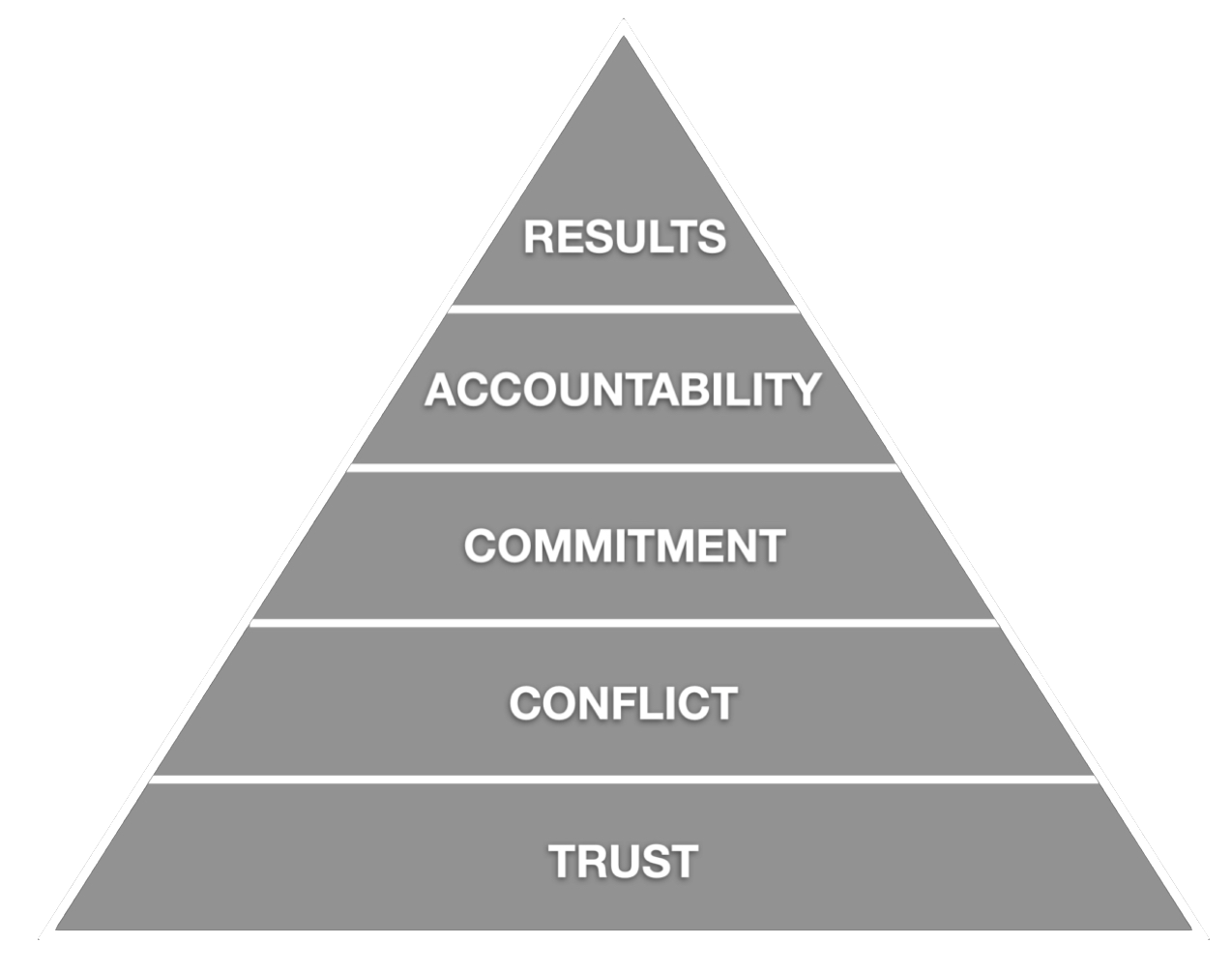
Patrick Lencioni's model, as described, presumes certain foundational truths. For one, it assumes that an organization has already tasted a measure of success, and is either at a crossroads, striving to elevate to the next echelon, or is witnessing a decline — be it in market share, innovation, or other metrics. A second assumption implicit in the model is that every team member is equipped with the essential skills to effectively perform their roles. If only the team could shed its internal barriers, the promise of success lies tantalizingly close.
Yet, there's a potential oversight here. What if certain team members lack the requisite skills or expertise to discharge their responsibilities effectively? Such a scenario would inherently lead to an ‘Absence of Trust.’ It's not borne out of a reluctance to trust, but rather from a pragmatic realization: entrusting tasks to individuals ill-equipped to handle them is a recipe for disappointment. Unless there's an exceptionally compelling rationale, it's often unwise to bank on them magically acquiring these skills, especially when the stakes are high and the learning curve steep.
In light of this, I propose an enhancement to Lencioni’s pyramid, an underlying layer that addresses this very predicament: “Lack of Ability/Competency."
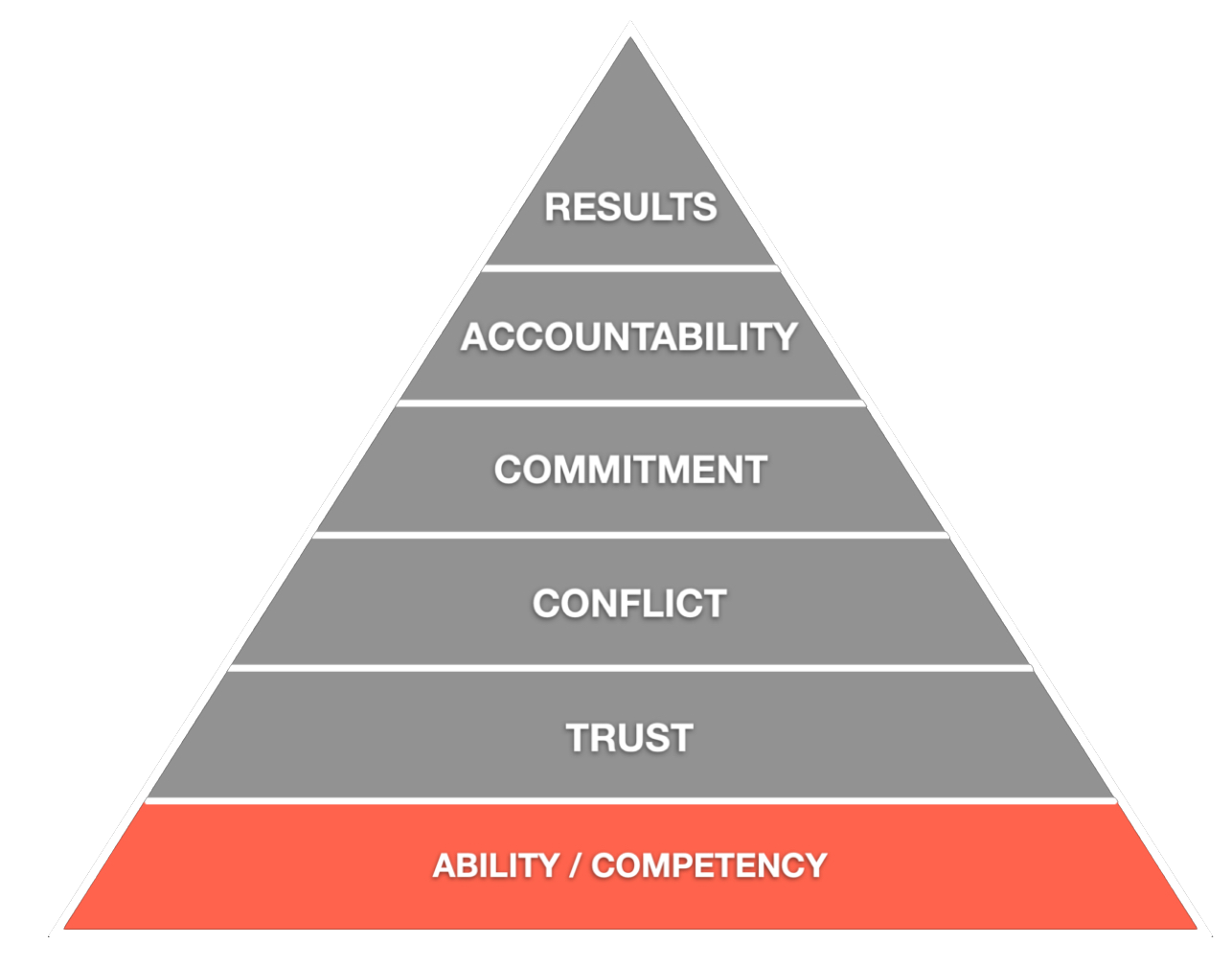
When team members lack the foundational skills crucial to their roles, trust becomes an impossibility, rendering the model ineffective. Absent ability and competency, the organization will inevitably grapple with a mounting array of challenges.
One might wonder, if individuals lack the essential skills and competencies, how did they secure their roles in the first place? The reality is that there are myriad reasons for such misplacements. These range from a misunderstanding of role requirements, hiring based on titles without grasping daily task necessities, employing acquaintances, or even optimistic decisions of positioning someone with the hope they would eventually ‘grow into the role.’
One frequent pitfall in hiring is the 'Title to Industry Mismatch.' A title can be misleading, suggesting universality across industries when, in fact, specific expertise might be essential. Take, for instance, the title 'Engineer.' I might excel as a software engineer, but slot me into a biochemical engineering role, and you're courting disaster. This might sound overt, but subtler variations of this mismatch happen consistently. Can a seasoned service sales leader easily pivot to product sales? Would an Account Executive who championed pharmaceutical sales excel in cloud computing sales? Or could a marketing expert, adept at promoting real estate or financial services, do justice to a BioTech startup's unique needs? Similarly, mastery in managing accounting software doesn't guarantee proficiency in overseeing AI/ML products. The crux of the matter isn't doubting these professionals' competencies, but recognizing that each organization and industry has its own intricacies, and a seemingly qualified individual might not always be the perfect fit.
FIRST WHO, THEN WHAT.
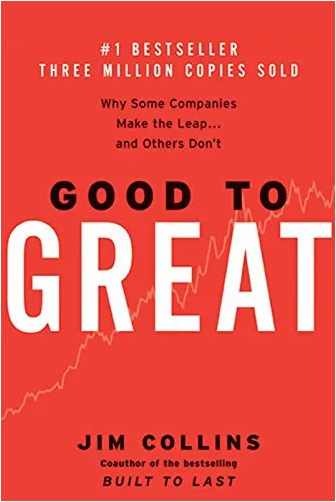
Business literature often serves as a guiding light, with each book presenting its unique insights. A prime example is Jim Collins' seminal work, "Good to Great". One of its cornerstone concepts is 'First Who, Then What'. Collins underscores the importance of people before direction. He posits that exemplary leaders prioritize getting the right individuals onboard, assigning them to their ideal roles, and ensuring those ill-suited are no longer part of the journey. They maintain this discipline unwaveringly.
For any leader, the future is unpredictable. Hence, assembling a versatile team equipped to navigate any unforeseen challenge is of paramount importance. A grand vision without the right team to bring it to life is moot.
It's pivotal to understand that the process isn't merely about having competent individuals; it's about ensuring the 'who' precedes the 'what'. Before mapping out a vision, strategy, or tactics, the focus should be on the team composition.

- Onboard the right individuals.
- Seat them in their optimal roles.
- Bid farewell to those not aligned with the journey's goals.
- Always prioritize 'who' over ‘what.’
Get the Right People on the Bus.
Selecting team members should be an exercise in rigor. Leaders in successful organizations prioritize having A-players, those with the perfect blend of talent, skills, and experience, in pivotal roles.
Get the Right People in the Right Seats.
Ensure that crucial roles are occupied by the best-suited individuals. It isn't about perfection across every position but ensuring pivotal roles are filled optimally.
Get the Wrong People off the Bus.
When it's evident that personnel changes are necessary, approach the decision with care, not cruelty. Ensure those departing do so with dignity, preserving the organization's goodwill and reputation.
Put 'Who' Before 'What'.
When faced with challenges or opportunities, shift the focus from "What should we do?" to "Who's best equipped to handle this?". Invest time and effort in team selection. Having the right team allows leaders to delegate confidently, knowing tasks will be executed efficiently.
Embrace the Stockdale Paradox.
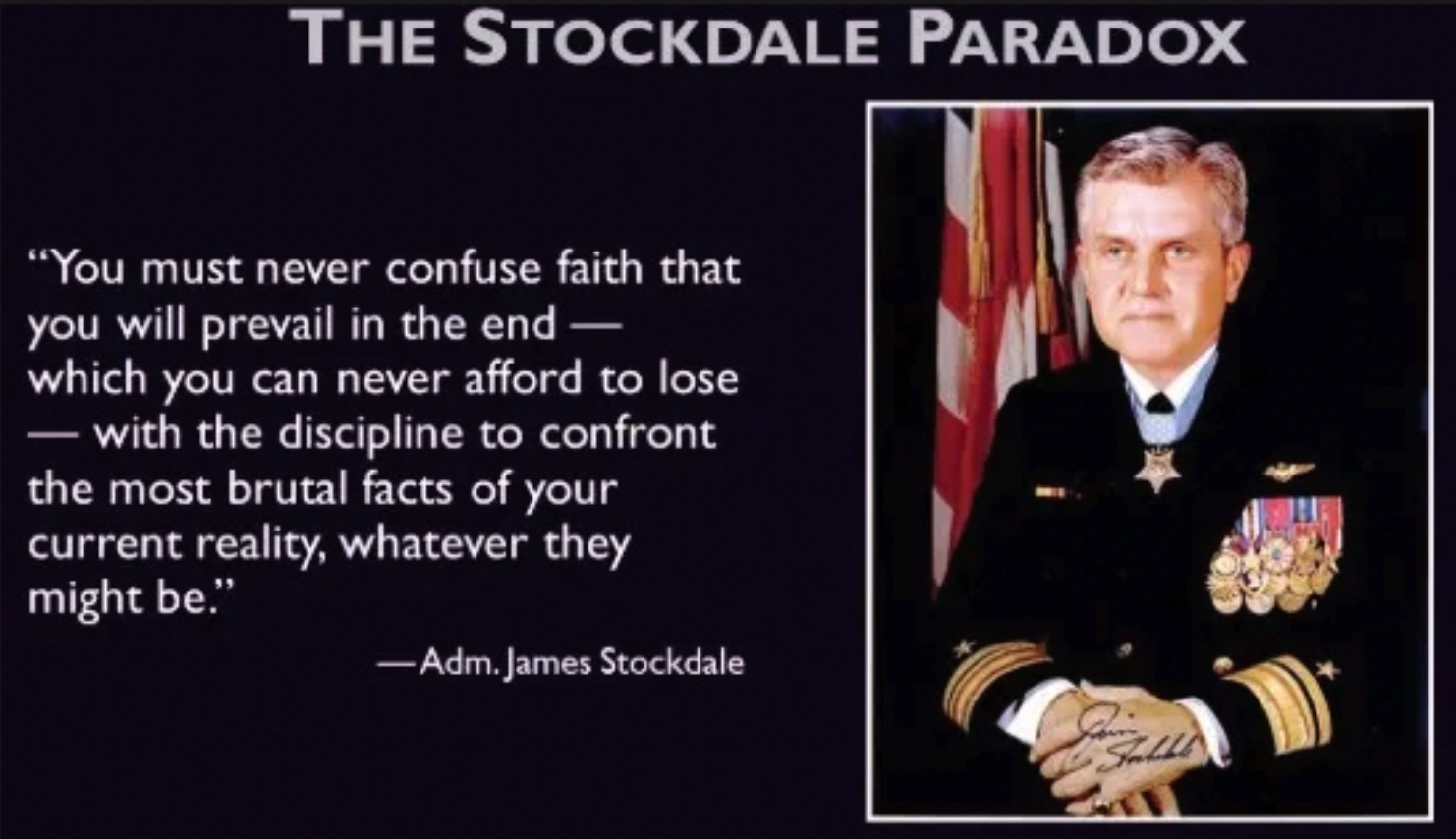
As a leader, it's imperative to cultivate an environment where truth is not just spoken but also heard. Admiral James Stockdale said, “Retain faith that you will prevail in the end, regardless of the difficulties, and at the same time confront the most brutal facts of your current reality, whatever they might be.” This captures the essence of leadership: facing the harshest realities head-on, yet holding unwavering faith in eventual success.
Who are the right people?
Recognizing the perfect balance of talent, skillset, and experience for your team is no small task. The cornerstone of this quest lies in accurately outlining what you seek. It's a common pitfall for those drafting job descriptions to lean on their assumptions or imaginings of the role, especially if they've never personally held that position. Relying merely on a job title to encapsulate all requisite competencies is a recipe for potential mismatches. Dive deeper. Envision a typical day for this role: what tasks unfold, how will this position interface with other teams, and what standards denote their success? Your goal isn't to merely assign tasks but to elevate the entire organization.
Bypassing this rigorous vetting process, no matter how time-consuming, is not advisable. The silver lining? When your bus is already populated by the right kind of people, motivation comes inherently.
If ever uncertain about a potential hire, exercise patience. Hold out. Let your company's growth be inherently linked to its capacity to magnetize and integrate the right individuals.
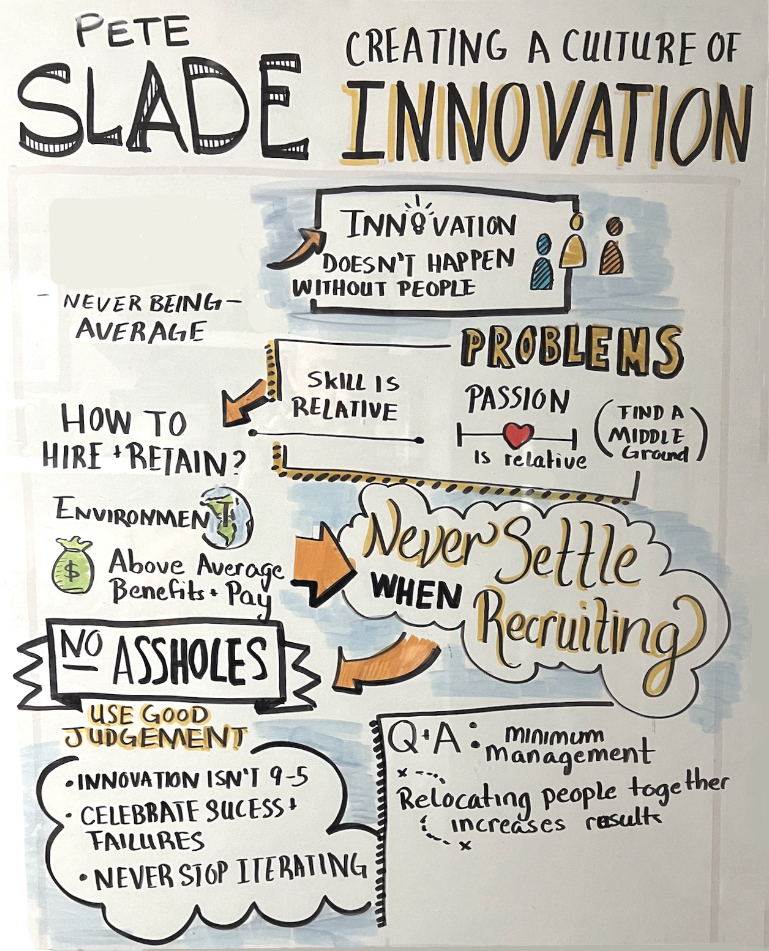
Strive to cultivate a culture rich in self-disciplined, passionate individuals willing to go above and beyond. They're not just employees—they're fellow travelers, echoing, 'We've got this!'
The quintessential personnel will sidestep bureaucracy and rigid hierarchies. Instead, they'll wholeheartedly embrace a discipline-rich environment, savoring the blend of autonomy and accountability within the defined structure.
What about the Bus Driver?
The individual steering the bus—often representing the top tier of organizational leadership—holds profound significance in charting the company's course. The selection of management and leadership personnel throughout the C-suite has critical implications for the organization's trajectory. The consequences of a misguided leadership choice are not just detrimental—they can be devastating. Boards need to stay vigilant. Inadequate leadership can plunge a company into rapid descent. An ineffective CEO or COO's tenure, if prolonged, can plunge the company into turbulent waters, despite the accuracy and effectiveness of the company's strategies, operational plans, or market position. It underscores the essential truth that at the helm of every successful voyage is a capable and visionary leader.
Consider this: an executive team populated by B-players or C-players isn't merely underperforming; they block the seats that could be occupied by exemplary leaders. Turning around a company that's on a downward spiral due to ineffective leadership isn't just an uphill task—it's also an expensive and morale-draining endeavor. Measures to correct the course, such as organizational reshuffles or staffing changes, can further erode team spirit, complicating the journey back to stability and success.
Effective Feedback and Transitioning Team Members
Leaders bear the responsibility of setting clear and transparent expectations, moving beyond commonplace metrics like revenue targets. They need to establish standards for performance and behaviors that resonate with the company's core values. Feedback, both praise and constructive criticism, needs to be timely, enabling team members to align their efforts with the organization's ethos.
If circumstances demand someone be let "off the bus," prior conversations should have highlighted their lapses in performance—not only in terms of quantifiable outcomes but including their overall demeanor in the workplace and ability to collaborate. Before making a final decision, ensure that the issue isn't just about them being in an unsuitable role. The crux of the matter is that any consequential decision—especially one leading to their departure—shouldn't blindside the employee. If a team member is taken aback by being asked to leave due to underperformance or a mismatch with company culture, it's indicative of a leadership oversight in the feedback and communication process.










